Cell Culture Engineering XX
Venue Information
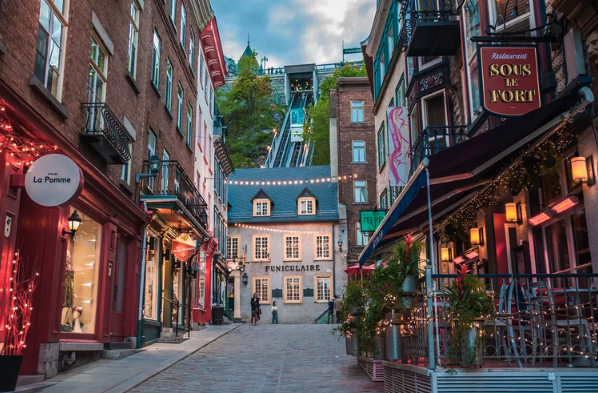
Founded in 1608 by Samuel de Champlain, the cradle of French civilization in North America, a fortified city with a European feel, Historic District of Old Québec a treasured UNESCO World Heritage Site, port city, and capital of the province of Québec: the city is renowned for its joie de vivre. With its unique blend of European and North American culture, Québec City belongs on every discerning traveler’s destination list.
Québec City’s heritage, culture, and festive atmosphere make it a city best visited on foot. Walking around town, you’ll discover incredible sights at every turn—especially in Old Québec. From the Québec City Convention Centre, site of CCE XXIX, strategically located in the heart of the city, active business travelers can easily walk to many surrounding hotels, wonderful restaurants and boutiques, and major event sites.
In Québec City, one finds a combination of businesses, nature and greenery You can easily plan an activity in town or the surrounding area. It’s that singular mix of qualities that has made Quebec one of Canada’s top travel and convention destinations.
Business travelers and tourists alike rave about Québec City’s singular beauty and the cultural and historic delights they discover while strolling on age-old streets. The city is clean and safe, and walkable. Parliament Hill and the National Assembly, the fontaine de Tourny, Québec City’s fortified walls, Old Québec, Place Royale, the Petit-Champlain neighborhood, the Plains of Abraham, one of the world’s greatest urban parks, the Saint-Jean-Baptiste neighborhood, the Grande-Allée, the Nouvo Saint- Roch all easily reached on foot.
Airport
Just 20 minutes from downtown Québec City, Jean Lesage International Airport (YQB) offers more than 350 weekly flights, with many direct flights to Montréal, Toronto, Ottawa, New York, Philadelphia, Chicago, Paris, and other cities. For participants from North America or Europe, travelling to Quebec City can be very easy. Most conference participants arriving from the USA and Europe will only have one connection... Québec City is also easily accessible by train, bus or car.
Quebec City Convention Centre
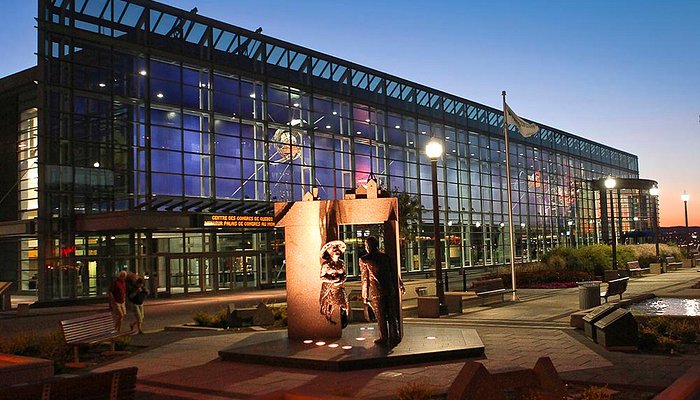
The Québec City Convention Centre in the heart of Québec’s historic capital is a unique Canadian destination for conferences. Built on a human scale, this safe, comfortable, people-friendly facility is designed and configured to make Cell Culture Engineering XXIX successful. The Centre is the first in Canada to offer its conference participants free high-speed Wi-Fi (15 Mbps connection, unlimited data transfer) with no dead zones in all areas of the facility.
The center complies with the American Disabilities Act and is accessible to people with restricted physical ability. People with reduced mobility can request a pre-event tour of the premises or request tailored assistance from the Customer Service Coordinator. The facilities are designed to minimize obstacles to their path: access ramps, adapted elevators, automatic or touch-free double doors, accessible toilets with touch-free taps and drinking fountains, etc. At the Québec City Convention Centre, inclusion and equal accessibility are top priorities.
Conference Hotel
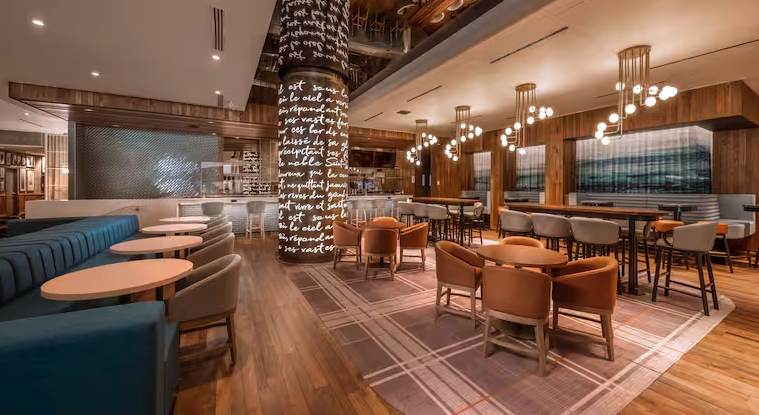
Conference participants will be housed (and have some meals in) the Hilton Quebec which is adjacent and connected to the Convention Centre. The hotel offers stunning views while delivering a genuine “French Québécois” experience. Guests can take advantage of this property's proximity to Old Quebec to stroll along the cobblestone streets of UNESCO World Heritage Site. The hotel was recently renovated and has well thought-out public areas. Some new features include a take-out counter in the lobby, artwork that features Québec's local culture. There is a heated rooftop swimming pool. Room service is available. Free Wi-Fi and a 24/7 fitness center. There is also both valet and self-parking.
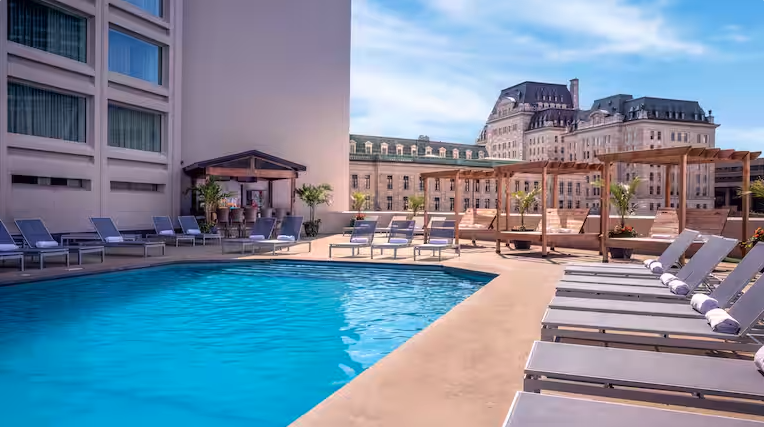
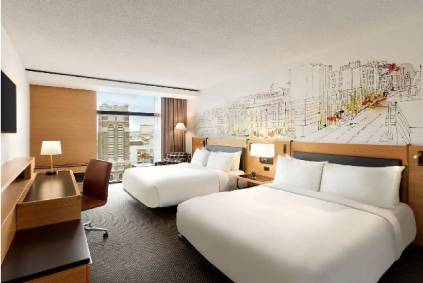
Location Attractions
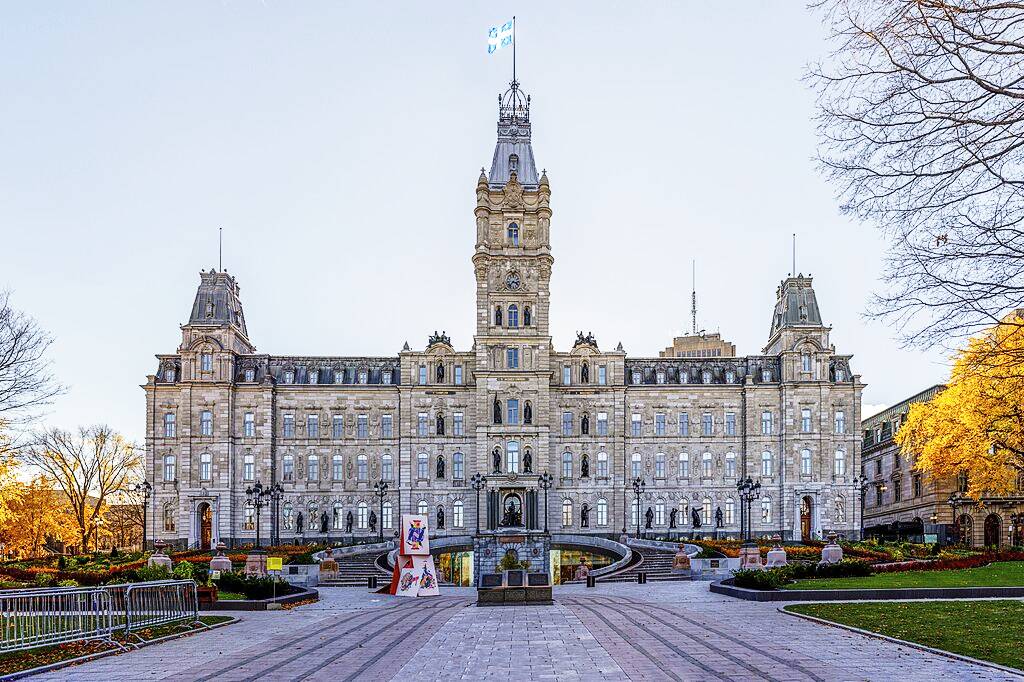
Parliament and National Assembly
The most important historical site in Quebec City. The Parliament Building is an imposing structure comprising four wings that form a square of about 100 metres (330') per side. One of the few buildings in North America whose architecture in Second Empire style. The tour of the Parliament Building includes the National Assembly Chamber (where the members of provincial parliament sit) with its Renaissance architecture and the Legislative Council Chamber (standing committees have been held here since 1968). (2 minutes walk)
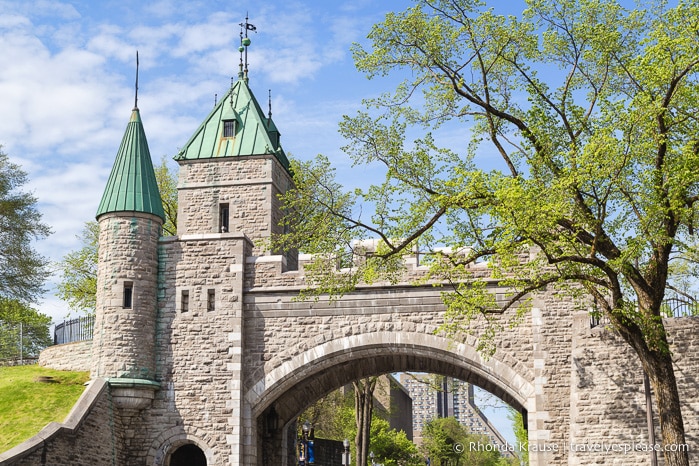
Fortifications of Quebec
The fortifications surrounding Old Québec are close to 4.6 km in length. Take a guided tour along the walls and experience three centuries of Québec City history as you admire the old town's distinctive cityscapes. You will thus better understand the defence system of North America's only remaining fortified city. Tours begin at the Frontenac kiosk on Dufferin Terrace. Continue your visit at Artillery Park where you will be charmed by the unique building interiors. 2027 marks the 160th anniversary of Confederation. (4 minutes walk)
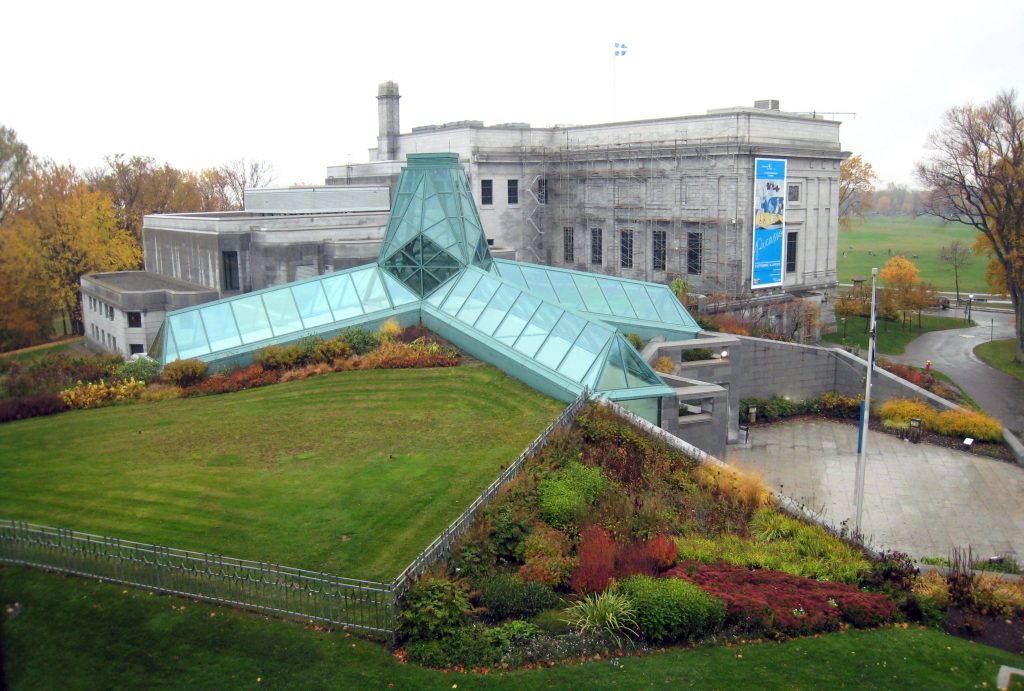
Musee National Des Beaux-Arts du Quebec
Proud of its reference collection of Québec art, the Musée abundant collection of more than 38,000 works offers a vast survey of the history of Québec art from the seventeenth century to today. The MNBAQ has four pavilions: the Pierre Lassonde pavilion, devoted to contemporary art, the Charles Baillairgé pavilion, devoted to modern art, the Gérard Morisset pavilion, the temple of historical art, and the central pavilion, home to the Family Gallery. (2 km walk)
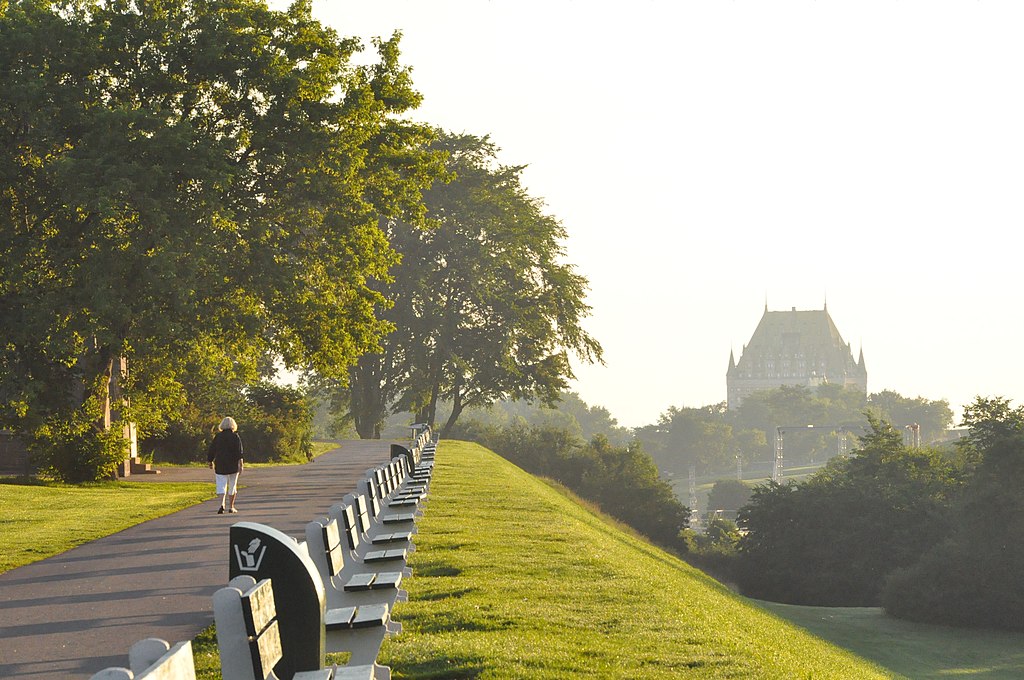
Plaines of Abraham Battlefield
The Battle of the Plains of Abraham, also known as the Battle of Quebec, was a pivotal battle in the Seven Years' War (referred to as the French and Indian War in the United States). The confrontation, which began on 12 September 1759, was fought between the British Army and Navy, and the French Army, on a plateau just outside the walls of Quebec City. The battle involved fewer than 10,000 troops between both sides, but proved to be a deciding moment in the conflict between France and Britain over the fate of New France, influencing the later creation of Canada. (1 km walk)
Documents Required to Travel to Canada - International Travelers
Foreign visitors who want to enter Canada must have:
- A valid passport
or
- A valid passport and an electronic travel authorization (eTA). To obtain one, a traveler must have a valid passport, a credit or debit card and an email address. The eTA costs $7 CDN. It is electronically linked to a valid passport and visa.
or
- A valid passport and a visa
ECI has registered the conference with Immigration and Citizenship and this simplifies the visa issuance process. To find out if you need a visa: https://ircc.canada.ca/english/visit/visas.asp

